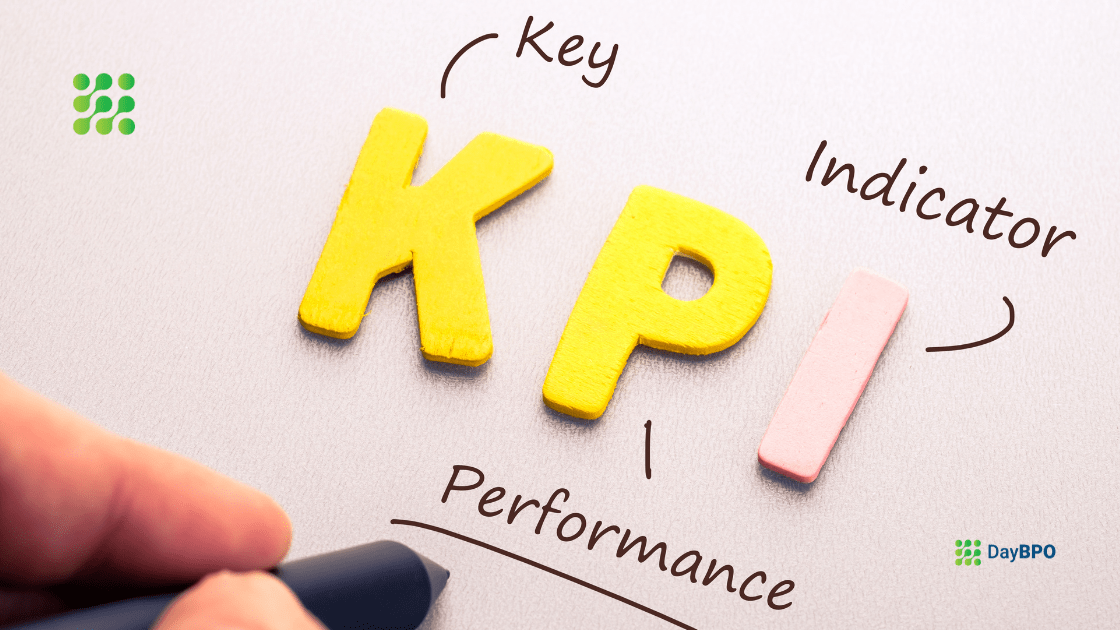
Customer retention is one of the most valuable elements of brand growth. While bringing in new customers might be a goal for many organizations, neglecting those already supporting you can negatively impact your business. To address customer turnover issues, brands must understand where they stand by measuring customer service KPIs and deploying plans to improve customer loyalty.
Understanding Customer Retention KPIs
Customer Retention Key Performance Indicators (KPIs) are measurements that analyze your customer retention rates over time. KPIs can also help you understand how to generate more revenue from customers for sustainable brand growth.
Here’s a look at the most important customer service KPIs businesses should be measuring to drive customer retention:
Customer Retention Metrics
If there was a single most important customer service KPI to measure, customer retention rate would be it. When combined with other KPIs, the customer retention rate is one of the most valuable indicators since it quantifies repeat business and measures customer loyalty.
Churn Rate
Although it’s tricky to calculate and measure, the customer churn rate is an important KPI to measure over time. There are plenty of formulas for calculating churn, but you need to find one that gives you the most actionable insights. Discounting new customers as churn as an approach can be useful since this KPI mainly relates to existing customers.
Customer Lifetime Value
The Customer Lifetime Value measures how healthy your business is. It measures the average customer spending amount throughout their relationship with your brand. Essentially, your LTV must be higher than the customer acquisition cost, or you’ll lose money in the long run.
Acquisition Cost
The direct opposite of customer churn, customer acquisition costs must be tracked and measured against LTV. When you establish how much you spend on bringing new leads in and converting them, it’ll help you understand why and how to retain those customers and ensure they keep supporting your brand as satisfied customers. Included in the cost of customers acquired are elements like marketing and sales expenditure, including campaigns and even salaries of customer service teams.
Net Promoter Score
Your net promoter score measures how your existing clients are referring to your brand. It’s also related to the customer satisfaction score of loyal customers. When you combine this metric with other KPIs, you can predict possible future growth that might come through referrals and customer retention.
Purchase Cycles
Measuring the time between purchases is an important element of measuring customer service KPIs. It’s also equally important to measure the repeat purchase rate. If your customers are satisfied with the product and service you offer, they should be doing repeat business with you.
Return Rate
Product return rate shouldn’t be overlooked as it can indicate serious problems. Although returns within a certain period are standard in industries such as fashion, it’s always advisable to investigate a high return rate since it can indicate sub-par customer expectation rates.
Final Thoughts
Although there are various ways to boost customer retention and brand growth, measuring customer service KPIs remains one of the most effective ways of tracking and improving your offerings. In this post, DayBPO discussed seven of the most important customer retention metrics to measure when tracking customer service. By monitoring these key indicators, you can easily work on boosting customer satisfaction which ultimately leads to higher retention rates.
